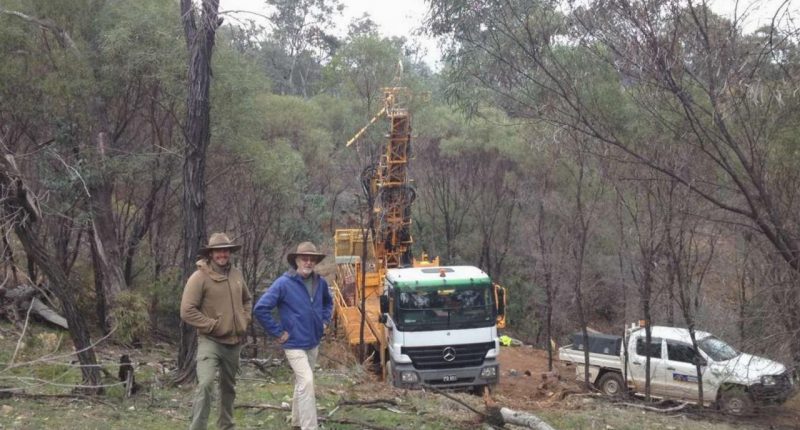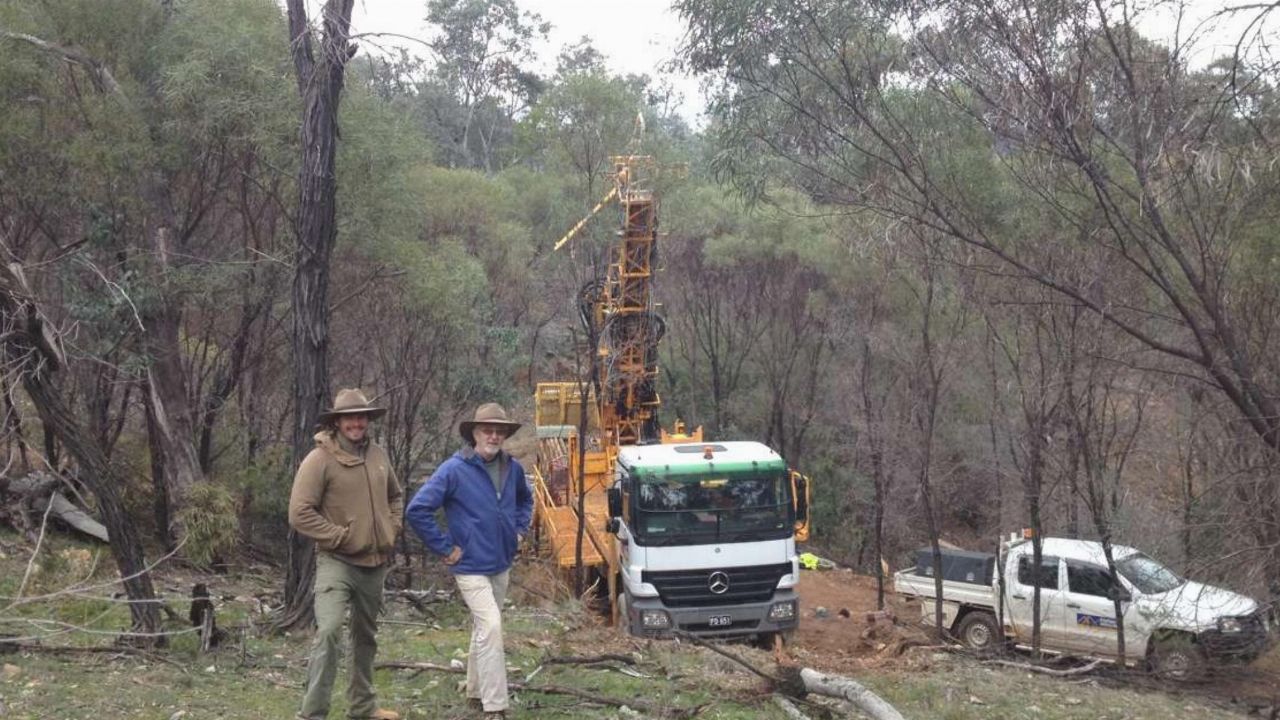- Impact Minerals (IPT) intersects a 100-metre-thick zone of sulphide mineralisation at the Little Broken Hill Gabbro prospect in New South Wales
- Within this zone is a 50-metre-thick intercept containing up to 500 parts per million copper and up to 5 per cent pyrite
- Impact believes that as the zone occurs within a gabbro unit close to an interpreted feeder zone, it may be part of an outer halo zone surrounding a platinum group metal-copper-nickel deposit
- The drill hole also extends the basal ultramafic unit by at least 150 metres to 1650 metres along trend
- Company shares are down 6.67 per cent to trade at 1.4 cents
Impact Minerals (IPT) has intersected a 100-metre-thick zone of sulphide mineralisation at the Little Broken Hill Gabbro (LBHG) prospect.
The LBHG prospect is part of the company’s wholly-owned Broken Hill Platinum Group Metal (PGM)-copper-nickel project in New South Wales.
The disseminated to blebby sulphide mineralisation was intersected in the RWIPT017 diamond hole and contains a 50-metre-thick intercept of up to 500 parts per million copper.
The sulphide zone comprises up to 5 per cent pyrite that’s intergrown with other minerals in the gabbro which can be characterised as magmatic sulphides.
When coupled with copper, the presence of magmatic sulphides is considered an important indicator of sulphide saturation which is a process that’s a key requisite for the formation of large PGE-copper-nickel sulphides within mafic and ultramafic intrusions.
Interestingly, this is the first evidence that a process like this has occurred at the LBHG and is considered to be an exciting development.
“To find such a thick zone of copper-bearing magmatic sulphides where anticipated close to our interpreted feeder zones is a tremendously exciting step forward in our exploration at the Little Broken Hill Gabbro,” Managing Director Dr Mike Jones said.
Additionally, the drill hole successfully intersected the 25-metre-thick basal ultramafic unit of the prospect which was the original target. The unit was intersected at a 180-metre depth, extending it by at least 150 metres along trend to the south.
Accordingly, the prospective unit is shown to be mineralised over at least 1650 metres of trend.
“There is significant potential for massive sulphides along the entire seven-kilometre-long intrusion and we are looking forward to the downhole electromagnetic surveys which should start in July and follow up drilling in the coming months,” Dr Jones concluded.
Company shares were down 6.67 per cent to trade at 1.4 cents at 11:59 am AEST.








